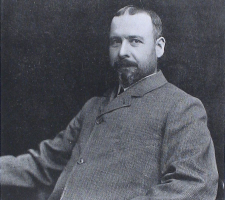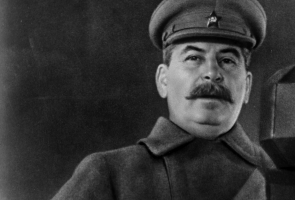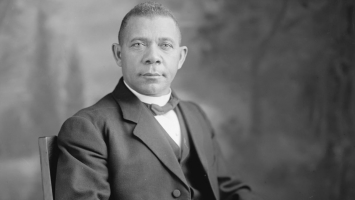Top 8 Interesting Facts about Hernán Cortés
Welcome to the next article of Toplist.info! This time, we'll discuss Hernán Cortés, a well-known Conquistador who played a significant role in the history of ... read more...Spain and Mexico. For you to learn all the interesting facts about Hernán Cortés, let's start with his past. His life was full of valiant deeds and controversy.
-
Hernán Cortés was born in 1485 in Medelln, then a village in the Kingdom of Castile and now a municipality in the modern-day province of Badajoz in the Spanish region of Extremadura. Martn Cortés de Monroy, son of Rodrigo or Ruy Fernández de Monroy and Mara Cortés, was an infantry captain of distinguished ancestry but limited means. Catalna Pizarro Altamirano was Hernán's mother.
Hernán was a second cousin once removed of Francisco Pizarro, who later conquered the Inca Empire of modern-day Peru through his mother, and not to be confused with another Francisco Pizarro, who joined Cortés to conquer the Aztecs. (His maternal grandmother, Leonor Sánchez Pizarro Altamirano, was Pizarro's father Gonzalo Pizarro y Rodriguez's first cousin.) Hernán was related to Nicolás de Ovando, the third Governor of Hispaniola, through his father. Rodrigo de Monroy y Almaraz, 5th Lord of Monroy, was his paternal great-grandfather.Catalina Juárez was Hernando's first wife. They had no children together. During his expeditions, he had several extramarital affairs with indigenous women. From these relationships, he had five children, including his famous mistress Malinche. In 1528, following the death of his first wife, Hernando married Juana Ramirez de Arellano y Zuniga. They were the parents of six children, two boys and four girls. The first two died soon after they were born. Hernando never denied his children anything.

Photo: charlessturt.ca - Hernán Cortés's family 
Photo: Cultura Colectiva - Hernán Cortés' Lovers -
Cortés was described as a sickly child who recovered his strength as he grew older. He was sent away to school at the age of 14, but he disliked it and returned home after only two years. After returning home, he did not pursue a career as a lawyer, as his parents desired, but instead decided to travel to the New World to earn a living. At the age of 19, he set sail for the New World.
Cortés became a Spanish explorer, or 'Conquistador,' after setting sail, and was one of the first to begin Spanish colonization of the Americas. Cortés is one of the most well-known Spanish Conquistadors as a result of his exploits. He traveled to the Americas after leaving home, first stopping at Hispaniola, which was the name for modern-day Dominican Republic and Haiti. He then moved to Cuba, where he served as a magistrate in one of the first Spanish settlements. After a few years as a magistrate, he was chosen as captain to lead an expedition to the mainland, where he worked with indigenous people to ensure the land's successful conquest.
Cortés had heard of the Aztec civilization and recognized it as a formidable force in what is now modern-day Mexico. He persuaded another conquistador and then-Governor of Cuba, Diego Velasquez, to let him lead an expedition to Mexico. Cortes was ordered to halt his expedition just before departure. Cortes defied the order and proceeded. As a result, he set sail soon after with 11 ships and slightly more than 500 men. The expedition first arrived in the Yucatan Peninsula, to the east of the Aztec Empire's main territory. Hernan Cortés and his men quickly encountered other Mesoamerican peoples who lived in the area.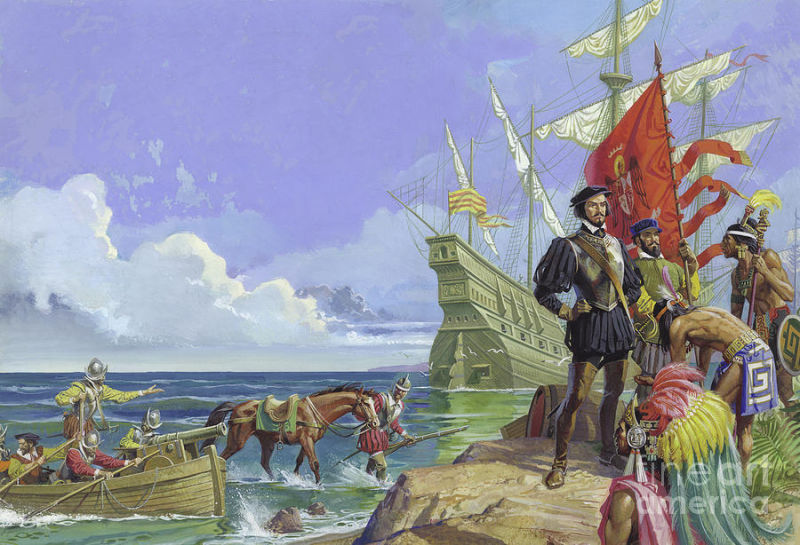
Photo: Fine Art America - Hernando Cortes Arriving In The New World by Severino Baraldi 
Photo: Look and Learn - Hernando Cortes arriving in Mexico in 1519 -
Cortés had conquering desires in his blood! One of the interesting facts about Hernán Cortés is that he was a distant relative of Francisco Pizarro through his mother, Catalina Pizarro y Altamirano. Pizarro was the conqueror of Peru who defeated the Inca Empire. Conquistadors examine their two distant relatives' lives, the empires they conquered, and their legacies. Along with photographs of significant people, places, and events, you will learn about Cortés and Pizarro in ways you have never known before.
Hernán Cortés and Francisco Pizarro were Spanish explorers who sailed to the Americas and made numerous interesting voyages. They both encountered unique challenges and difficulties along the way. Cortés and Pizarro gained allies to assist them on their expeditions during their difficulties. Both Cortez and Pizarro were ruthless conquerors of vast territories.
Hernán Cortés was a Spanish conquistador who grew up in a noble family. He set out for Hispaniola in 1504, but ended up in Cuba in 1511. Cortes persuaded the Cuban government to allow him to lead and command an expedition to Mexico. He then founded Veracruz and was appointed official General.Pizarro, who was born into a poor family in Trujillo, Spain, chose to seek fortune and adventure in the New World. He went to the Gulf of Urabá and accompanied Vasco Nez de Balboa on his crossing of the Panama Isthmus, becoming the first Europeans to see the Pacific Ocean from the Americas. For a few years, he was mayor of newly founded Panama City, and he led two failed expeditions to Peru. Pizarro obtained permission from the Spanish crown to lead his third and most successful expedition to conquer Peru in 1529.

Photo: Wikimedia Commons - Francisco Pizarro and Hernan Cortés 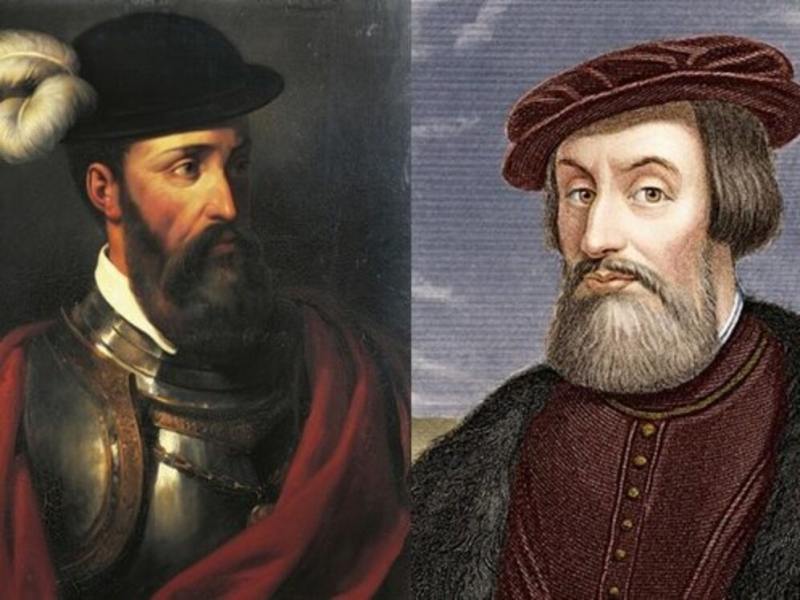
Photo: Tes - Pizarro and Cortés -
Cortés sailed to Spain in 1528 to personally plead his case to King Ferdinand. He arrived with a large amount of treasure and a magnificent entourage. Charles received him at his court in Toledo, confirmed him as captain-general (but not governor), and created him marqués del Valle. He also remarried, this time into a ducal family. He returned to New Spain in 1530 to find the country in anarchy and so many accusations leveled against him-including the murder of his first wife, Catalina, who died that year-that he retired to his estates in Cuernavaca, about 30 miles (48 km) south of Mexico City, after reasserting his position and restoring some sort of order.
Cortés married Catalina Juárez, the sister-in-law of Cuba Governor Velázquez, while in Cuba. Catalina arrived in New Spain after the conquest. She had an awkward marriage with Cortés because she was related to Valázquez, with whom Cortés had a falling out. Nonetheless, he welcomed her, but was disappointed when she did not bear him children. Meanwhile, he had several mistresses, including La Malinche, an indigenous woman who served as his guide and interpreter. Cortés and La Malinche had a son together.
Everything happened in 1522, when Cortés was throwing a party in a house he owned in Mexico and his wife came to visit him. Cortés discovered her dead in her bed hours after the party ended, claiming she died of asthma.
The servants, on the other hand, tell a different story. They claim the couple fought the party over a remark Cortés made about a woman. They also claimed that her body bore strangulation marks and that there had been a fight in the bedroom. Catalina's family filed a lawsuit against Cortés, but the case was dismissed. This is a contentious Hernán Cortés fact.
Photo: bio. Biography.com - Hernán Cortés 
Photo: México es Cultura -
The Mesoamerican conquest primarily refers to Hernán Cortés' subjugation of the Mexica State in the name of King Carlos I of Spain and in favor of the Spanish Empire between 1492 and 1521. The city of Mexico-Tenochtitlan fell into the hands of the Spanish conquerors on August 13, 1521, after two years of bitter military, political, and conspiratorial attempts in which the indigenous peoples previously overwhelmed by the Mexica participated, along with the Spaniards, to refuse the conditions of subjugation in which they lived. Cortés took advantage of the conflict between indigenous groups. He formed alliances with some groups' enemies and used Marina's intelligence to conquer Mexico. This event signaled the start of the Spanish conquest and the birth of mestizo Mexico.
Other expeditions and military campaigns were launched by Hernán Cortés and his captains between 1521 and 1525 in the central, north, and south of present-day Mexico, establishing the first limits of the Viceroyalty of New Spain. From this initial base, various conquerors and Adelantado continued the conquest by incorporating other territories: California, the Yucatan peninsula, the western area known as Nueva Galicia, the northeast area known as Nuevo Reino de León, the northern area known as Nueva Vizcaya, and other territories of North and Central America. Starting with these events, which drastically altered world geopolitics at the start of the 16th century, Spain would dominate the world for the next three centuries.
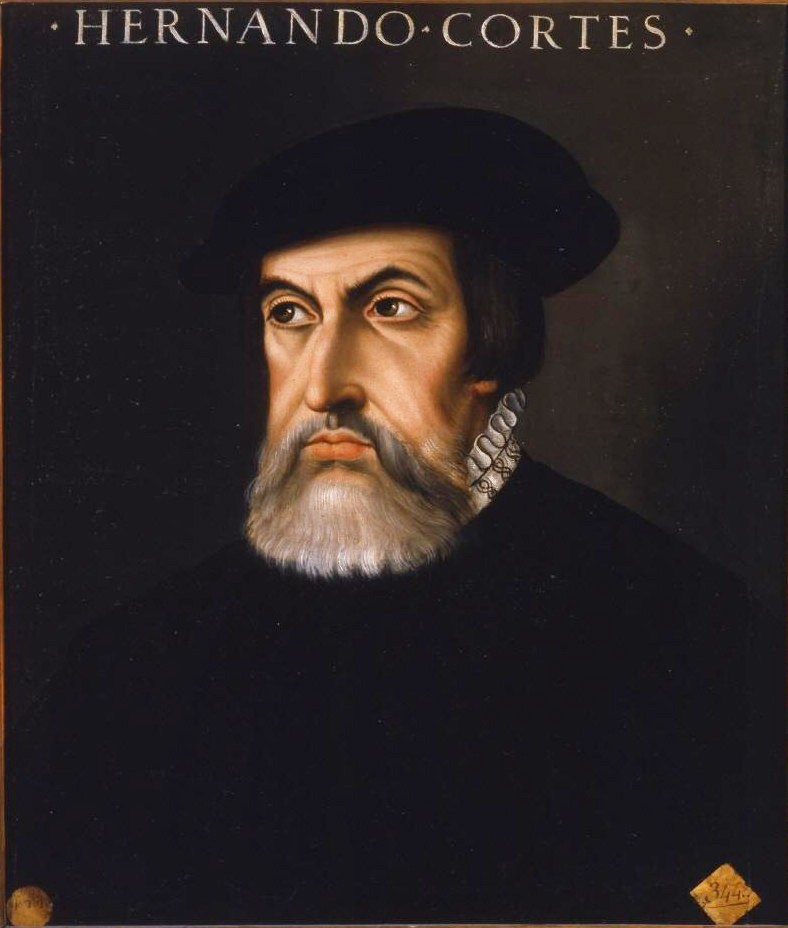
Photo: Wikipedia 
Photo: Latino Book RMexico- The Natives in the Conquest of Mexico -
Hernán Cortés set sail in the spring of 1535 for an island he believed to be "rich in pearls and gold" and "populated by women, without a single mate." When the conquistador arrived in Santa Cruz with a group of settlers on May 3, he established the town and set about searching for his spoils. Cortés, it turned out, was not on an island. Instead, he landed on what is now known as the Baja California peninsula, beginning the colonization of California more than 250 years before the founding of San Diego in 1769.
Santa Cruz would not last long. More than 20 colonists died of starvation on the desert coast, and the settlement's problems were exacerbated by a hostile reception from the peninsula's native inhabitants. Within two years, the colony, which was located in what is now La Paz, was abandoned.
W. Michael Mathes' The Conquistador in California, one of several books on display inside USC's Doheny Memorial Library as part of an exhibition honoring Mathes '62, a historian who died in August, tells the story of Cortés' misadventure.Mathes, an award-winning author, editor, and translator, was widely regarded as a leading authority on the history of Baja California. Barbara Robinson, director of the USC Libraries' Boeckmann Center for Iberian and Latin American Studies, who previously collaborated with Mathes and organized the exhibition, compared him to another distinguished historian with USC ties. Robinson described him as "the Kevin Starr of Baja California." Like his book on Cortés, Mathes' work on the exploration and colonization of the Californias demonstrated that "history did not just begin at our southern border."

Photo: iStock - Baja California Peninsula 
Photo: ThoughtCo -
The next thing that we want to mention in our list of interesting facts about Hernán Cortés, you may not know, Hernán Cortés' life spiraled downward in his final days. Hernán's attempt to take over Algiers failed in his quest to conquer more territory.
His restless desire to explore and conquer led him south to the jungles of Honduras in 1524. His health and position were both harmed by the two arduous years he spent on this disastrous expedition. His property was seized by the officials he had left in charge, and reports of their cruelty and the chaos it caused sparked concern in Spain. Cortés' fifth letter to the Spanish king attempts to justify his reckless behavior, concluding with a venomous attack on "various and powerful rivals and enemies" who have "obscured your Majesty's eyes." But it was his misfortune that he was dealing with an emperor who ruled most of Europe and had little time for distant colonies other than those that contributed to his treasury. When Ponce de León died almost immediately, the Spanish bureaucrats sent out a commission of inquiry, and Cortés was accused of poisoning him and forced to retire to his estate.
Cortés sailed to Spain in 1528 to personally plead his case to King Ferdinand. He arrived with a large amount of treasure and a magnificent entourage. Charles received him at his court in Toledo, confirmed him as captain-general (but not governor), and created him marqués del Valle. He also remarried, this time into a ducal family. He returned to New Spain in 1530 to find the country in anarchy and so many accusations leveled against him-including the murder of his first wife, Catalina, who died that year—that he retired to his estates in Cuernavaca, about 30 miles (48 km) south of Mexico City, after reasserting his position and restoring some sort of order. There, he concentrated on the construction of his palace and the exploration of the Pacific.Finally, a viceroy was appointed, and Cortés returned to Spain in 1540. He was thoroughly disillusioned by that point, his life made miserable by litigation. Everything else is a letdown. "I am old, poor, and in debt...I have begged your Majesty many times..." He was eventually allowed to return to Mexico, but he died before reaching Sevilla (Seville).

Photo: Infobae - Hernán Cortés 
Photo: The Famous People -
Montezuma, the Aztec Empire's ninth ruler, was unconcerned by the report he had just received. His spies had been informing him of the Spanish's activities and expeditions for several years. Now, in 1519, he received word of another group of foreign men entering the eastern borders of his central Mexican empire from the Yucatan Peninsula. Montezuma lived in the capital city of Tenochtitlan, which is now Mexico City, some distance from the coast. Montezuma, a strong ruler who aggressively expanded the Aztec Empire to its zenith, weighed his options regarding this new expedition before deciding whether or not to welcome its leader, Hernán Cortés.
With their emperor imprisoned by Cortés, the Aztec nobles became restless and enraged at the Spaniards' undue influence. During Cortés' absence from the city, the opposition elected a new leader. During his absence, the Spaniards in charge also disrupted a traditional Aztec festival, killing nobles and inciting a riot. Upon his return, Cortés attempted to regain control of the Aztec people by ordering Moctezuma to address the crowd gathered around the palace. During his speech, Moctezuma was booed and pelted with stones, resulting in serious injuries.
Moctezuma died a few days later. The cause of his death is unknown. Historians continue to speculate based on historical accounts and illustrations from colonial times. Some believe he died as a result of stone injuries. Others have speculated that Cortés may have ordered his death once it became clear that he no longer ruled over the Aztecs. Whether he had him killed or not, Corté's actions resulted in Moctezuma's death.
Photo: Encyclopedia Britannica - Montezuma 
Photo: ThoughtCo The Death of - Montezuma





















